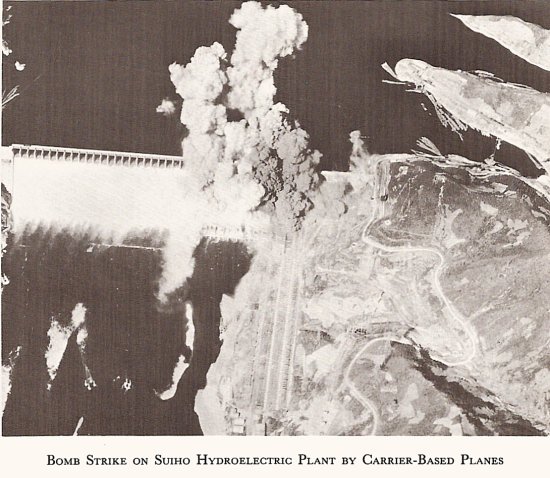According to Yonhap:
South Korea denounced North Korea’s decision Friday to seize five South Korean facilities at a mountain resort on its soil and warned that Pyongyang will be held responsible for the deterioration of inter-Korean relations.
“It is an illegal and unreasonable measure that undermines the very foundation of the South-North relations,” a spokesman for South Korea’s Unification Ministry said in a statement after Pyongyang said it will seize the South Korean assets at Mount Kumgang.
“The North has proven itself to be an unfit partner for normal business and transactions,” it said.
North Korea also said other non-state South Korean assets at Mount Kumgang will be frozen, and that all employees from the South at the resort will be expelled. The measures were seen as aimed at pressuring Seoul to resume the suspended mountain tour program that had been a source of foreign currency for Pyongyang.
Seoul said it will take “strong measures” against the North. It did not elaborate.
“We cannot accept the (North’s) measures, as they are in violation of contracts between North Korea and our businesses, agreements between the governments and of international laws. It is an unjust step that undermines the very foundation of South-North relations,” a ministry official told reporters.
The North’s move came at the end of a two-day inspection by North Korean military officials of the mountain resort, where dozens of South Korean businesses and private investors own various facilities that are part of the suspended tourism program.
The five facilities to be seized include a family reunion center, funded and owned by Seoul’s National Red Cross, as well as a fire station and a duty free shop. They also include a cultural center and a hot spring resort, both owned by Seoul’s Korea Tourism Organization.
Pyongyang froze the assets, worth some 124 billion won (US$112 million), on April 13 after an on-site inspection by its officials late last month. The latest inspection ended Friday.
“First, we will confiscate all five assets of the South Korean authorities that have already been frozen in compensation for our loss due to the long suspension of the tour,” an unidentified spokesman for the General Guidance Bureau for the Development of Scenic Spots said in a statement carried by the North’s official Korean Central News Agency.
The once lucrative tourism program for the impoverished North was suspended in July 2008 after a South Korean tourist was shot dead by a North Korean guard near a restricted area. Nearly 2 million South Koreans had visited the mountain resort since the tours began in 1998.
“The confiscated real estate will be put into the possession of the DPRK or handed over to new businessmen according to legal procedures,” the statement said, referring to North Korea by its official name, the Democratic People’s Republic of Korea.
The North said early last month that it will restart the tourism program with a new business partner unless Seoul agreed to resume the tours before the end of April.
“The situation has reached such an extreme phase that it is at the crossroads of a war or peace, much less thinking of the resumption of the tour. It is quite natural that we can no longer show generosity and tolerance to the south side under this situation,” the statement said.
Friday’s measure also included freezing of all assets owned by over 30 South Korean businesses and private investors.
Hyundai Asan, the main South Korean developer of the joint mountain resort, urged the North to withdraw its decision and the governments of the two Koreas to resolve the issue through dialogue.
“The road to Mount Kumgang must not be severed as the tours greatly helped promote cooperation and reconciliation between the South and the North and peace on the Korean Peninsula,” the business group said in a statement.
“We also urge our government to actively seek a solution to the current situation, as the joint economic cooperation project of the South and the North, as well as properties of businesses that invested in Mount Kumgang, now sit on the verge of a breakdown,” the statement said.
Read the full story here:
Seoul denounces N. Korea’s seizure of assets at Mount Kumgang
Yonhap
4/23/2010
Byun Duk-kun

